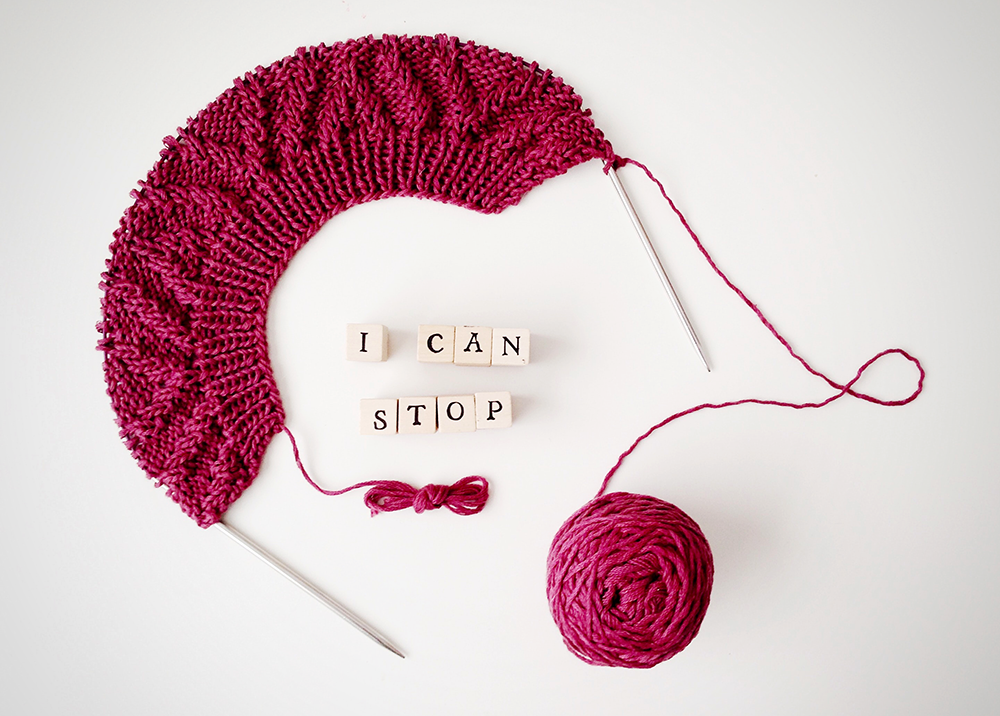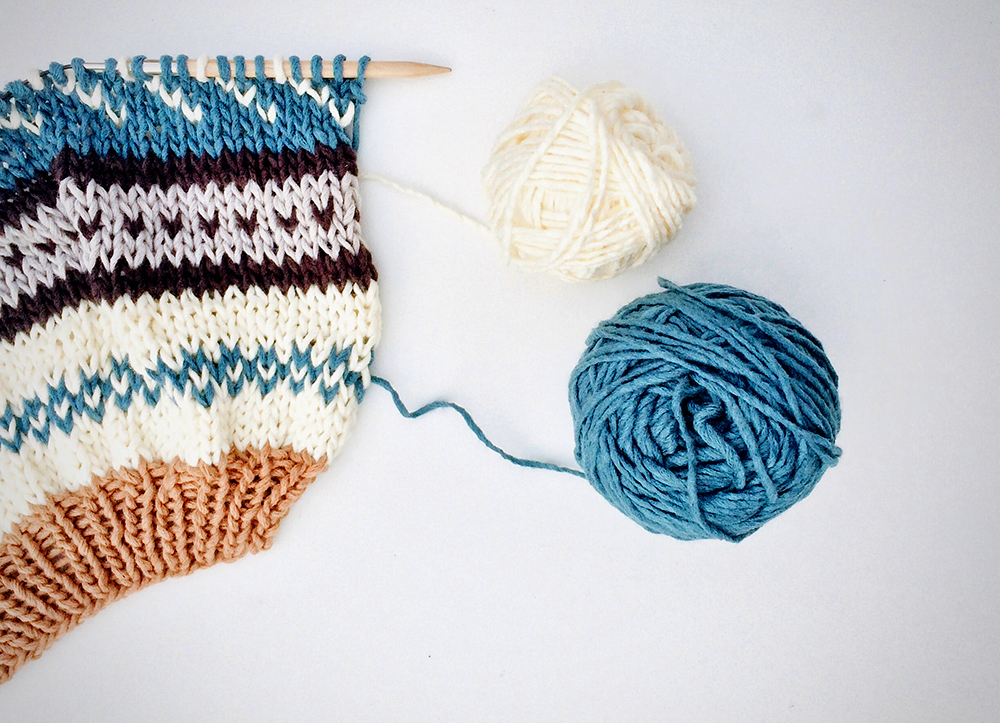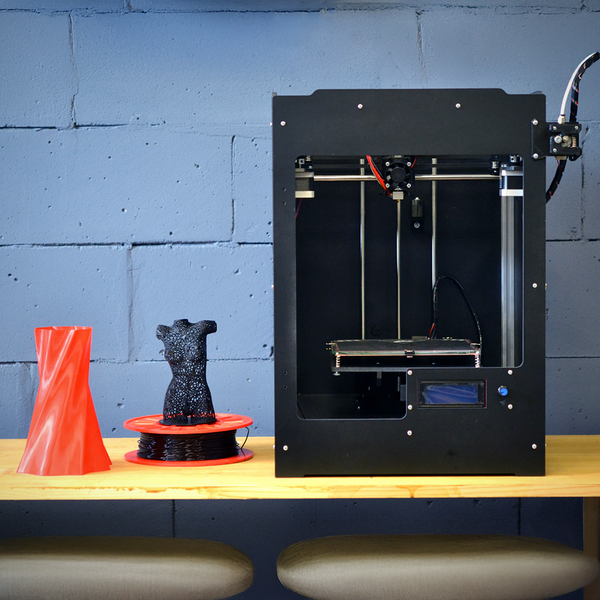Are you fascinated by the mechanical intricacies of machine knitting?
Or perhaps a newer knitter, wondering if it’s too difficult to tackle learning this craft?
Crafters of all ages have long been drawn to the art of knitting, but for many people, the thought of machine knitting may be a bit intimidating.
After all, it can seem like an incredibly complex task!
We have good news: machine knitting is not as complicated as it may seem at first glance!
With some patience and dedication, you can quickly become an expert machine knitter.
To help you on your journey, we’re diving into the deeper aspects of this beloved pastime – covering the basics, tips for mastering techniques and equipment reviews along the way.
Soon enough, you’ll be ready to unleash your creative powers with nimble hands as your projects come alive before your eyes.
Dive into this blog post as we explore the basics of machine knitting skills and technologies to get you started on your journey toward mastering this enjoyable art form.
So, grab your favorite yarns and let's get creative!
Key Takeaways:
- Machine knitting can be complex for beginners but becomes easier with practice.
- The difficulty level varies with the type of machine and complexity of the project.
- Access to resources and communities can significantly ease the learning curve.
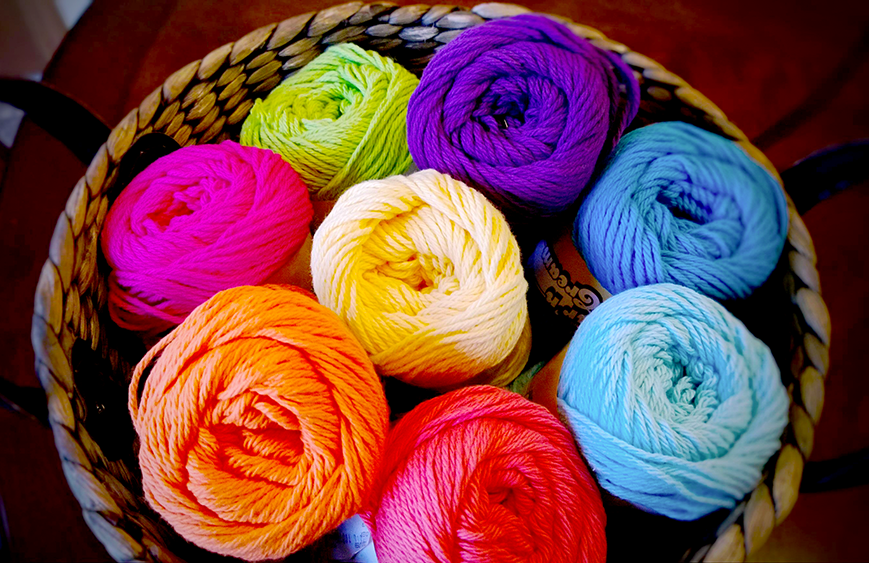
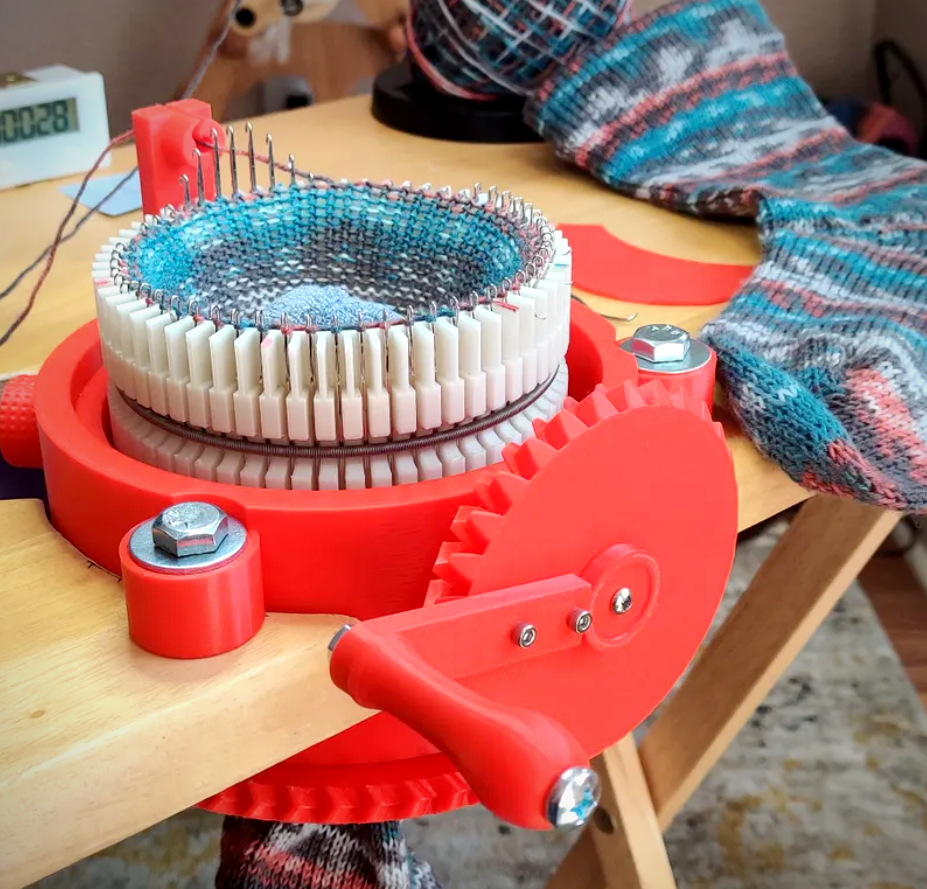
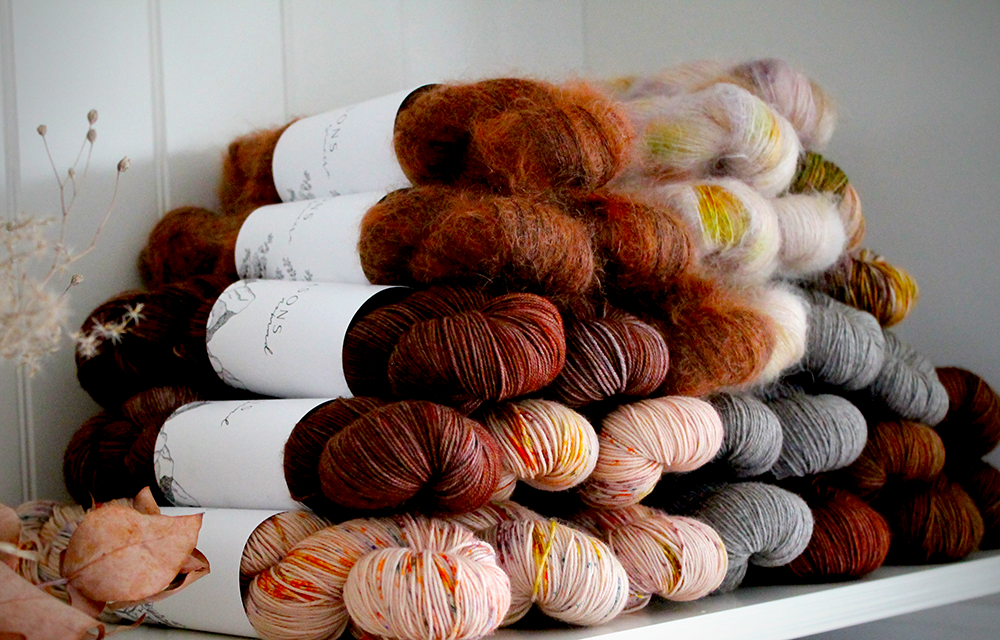
History of Knitting
Knitting is an ancient trade and has been around for centuries, becoming increasingly popular as a pastime over the years.
When you think of knitting, you might think of sweet grandmas sitting in rocking chairs, quietly clicking away at their knitting needles.
Knitting has long been a cherished skill, often associated with the serene image of needles clicking away as a fabric slowly comes to life.
The craft of knitting involves creating fabric by interlocking yarn with needles, traditionally done by hand.
In contrast, machine knitting uses special machines to produce knitted items at a much faster pace.
While hand knitting is a familiar concept to many, the world of machine knitting often appears more enigmatic.
Hand knitting requires more manual labor and time investment while machine knitting is a more mechanical and quicker process.
However, the results of both methods can be equally stunning.
These machines have been a popular tool for knitters since the 19th century, making it possible to quickly and easily produce all sorts of beautiful knitted items.
But with the rise of technology and modern machines, machine knitting has become even more accessible to crafters of all levels.

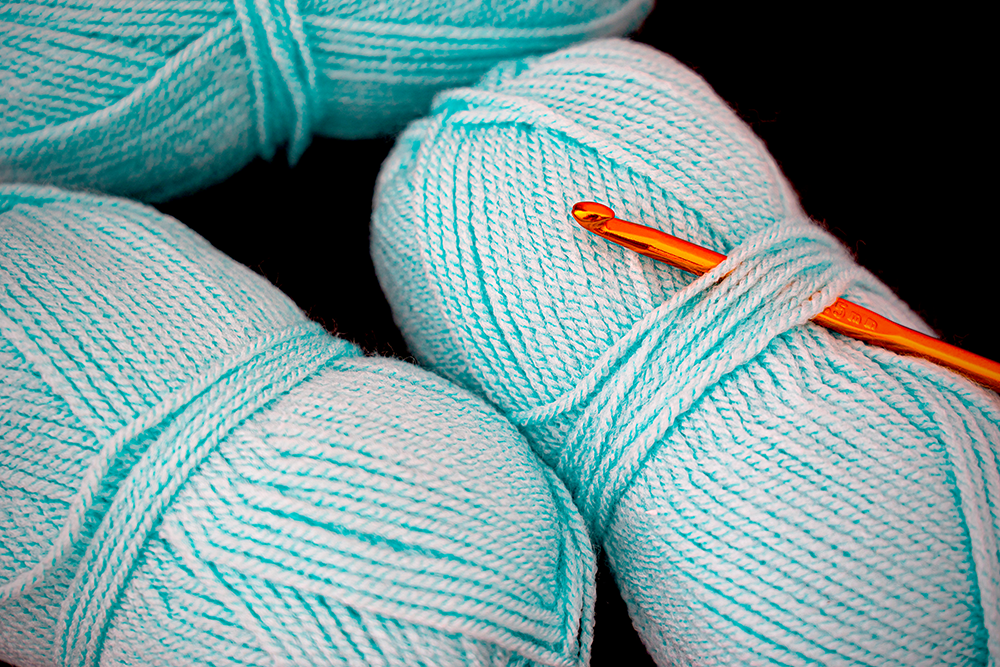
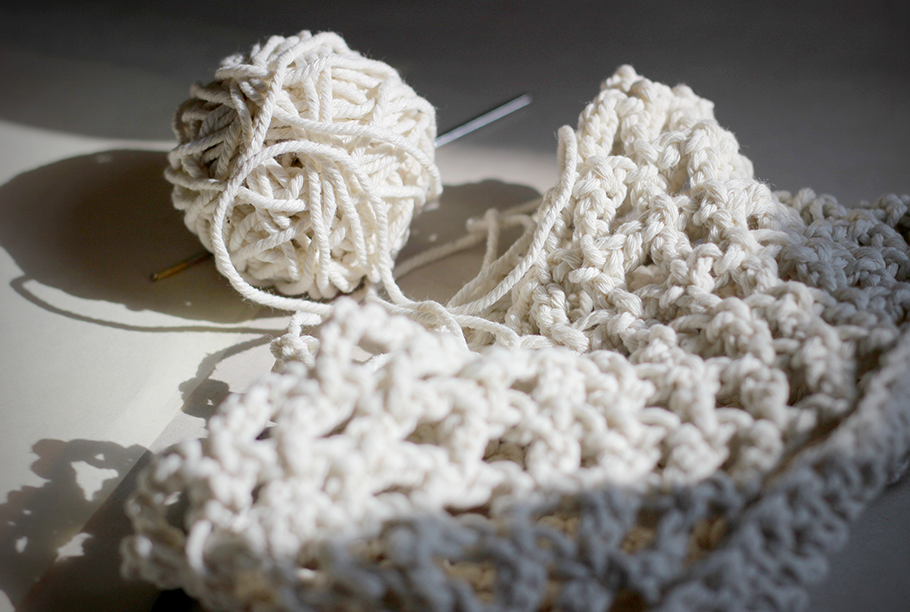
Understanding the Basics of Machine Knitting
Machine knitting, unlike its handcrafted counterpart, involves the use of a device to automate the knitting process.
This can range from simple, manual machines to sophisticated, computerized systems that can create intricate stitch patterns with minimal human intervention.
Basically, a knitting machine is a device that automates the process of knitting.
Instead of knitting one stitch at a time with a pair of needles, the machine uses a series of hooks and needles to create a row of stitches in one motion.
The fundamental action of creating knit stitches, which forms the basis of all knitting, is performed by the machine, often at a much faster pace than hand knitting.
With this automation, many people find machine knitting to be a quicker and more efficient way of creating knitted items.
However, don't let the speed fool you – machine knitting still requires precision and knowledge of techniques to create professional-looking results.
Understanding how to operate the machine properly and manipulate yarns and stitches is crucial for success in this craft.
Depending on the machine, you can create anything from a simple scarf to a full-on sweater.
The best part?
Knitting machines are fast! Like, really fast.
They can knit hundreds of stitches per minute, so you can complete a project in a fraction of the time it would take you to hand-knit the same thing.
Plus, these machines are versatile – they can create various stitches, from simple to complex patterns, allowing you to experiment and get creative with your projects.
The Different Types of Knitting Machines
There are several types of knitting machines, each with its own set of capabilities and complexities.
Flat bed knitting machines are the most common and are excellent for creating flat pieces like scarves and sweaters.
Circular knitting machines specialize in tubular pieces such as knit socks and hats.
Standard gauge machines are suited for working with fine to medium yarns, while bulky machines handle heavier worsted weight yarns with ease.
Mid gauge machines strike a balance, accommodating a wider range of yarns.
The two main types of knitting machines are flatbed and circular.
Each type has its own unique features, capabilities, and uses.
- Flatbed Knitting Machines:
- These have an elongated rectangular shape and are great for creating flat pieces.
- They can produce fabrics with stitch patterns such as stockinette, garter stitch and ribbing.
- Flatbed machines come in various gauges (needle spacing) to accommodate different yarn weights.
- These machines require a bit more skill and experience to manipulate stitches and create complex patterns.
- Circular Knitting Machines:
- These machines have a circular or oval shape and specialize in creating tubular pieces.
- They are perfect for making items like socks, hats, and seamless sweaters.
- Circular knitting machines come with different cylinder sizes to accommodate various project sizes and yarn weights.
- They are generally easier to operate but may have limited stitch pattern options compared to flatbed machines.
Understanding these different types of machines will help you choose the best one for your project.

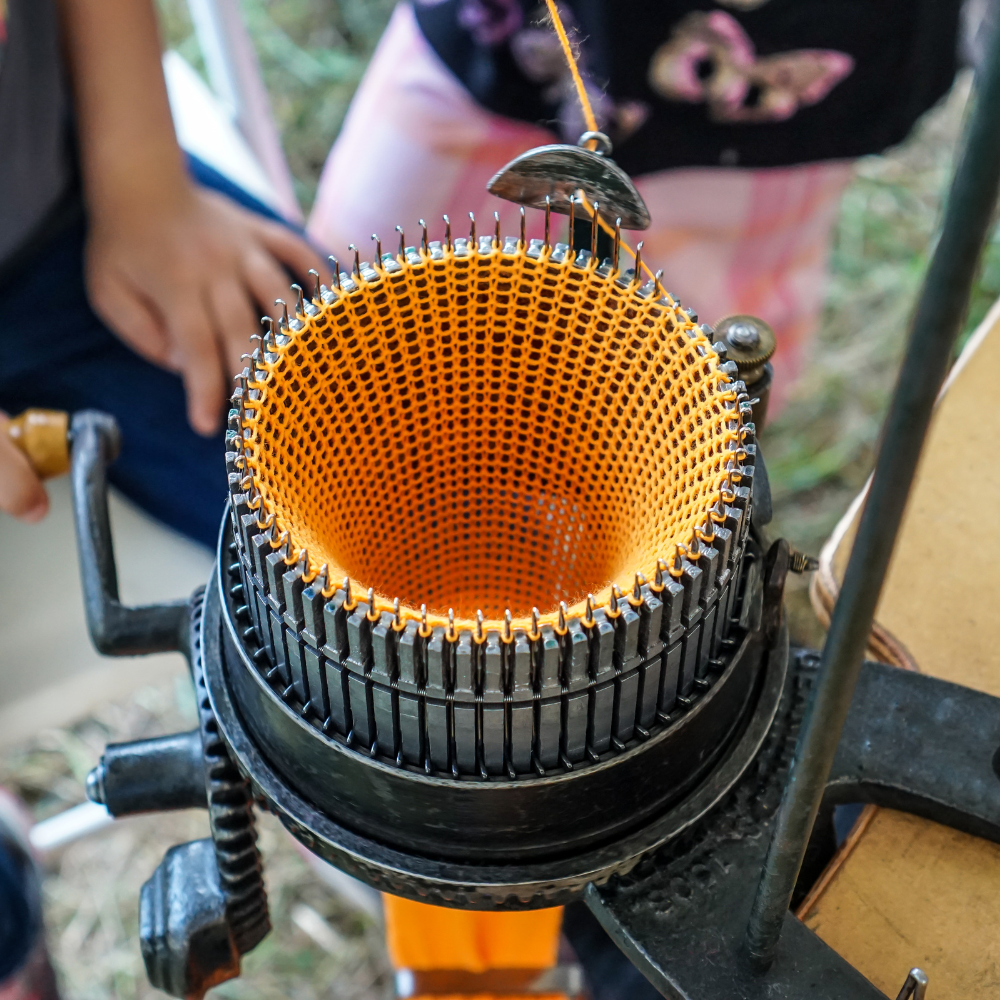

Learning Machine Knitting Techniques
Machine knitting, like any craft, takes time and practice to master.
But don't worry; with some patience and dedication, anyone can become a proficient machine knitter.
The first step is familiarizing yourself with the basics – understanding how the machine works, how to cast on and off, and how to manipulate stitches.
Machine knitting offers a wide range of techniques that allow for endless possibilities when creating projects.
Some common machine knitting techniques include:
- Stockinette Stitch: This is one of the most basic and commonly used stitches in machine knitting. It creates a smooth, flat fabric with v-shaped stitches on the front and purl bumps on the back.
- Garter Stitch: This stitch involves knitting every row, creating a bumpy texture on both sides of the fabric. It is perfect for creating scarves or blankets.
- Ribbing: Ribbing is created by alternating knit and purl stitches to create a stretchy, textured fabric. It is commonly used for cuffs, collars, and hems.
- Intarsia: This technique involves using multiple yarn colors to create a picture or design on the fabric. It requires manipulating different yarns and stitches to achieve the desired effect.
Learning these techniques will help you create various styles and designs in your projects.
Once you have a good grasp of the fundamentals, you can move on to more advanced techniques like lace knitting, colorwork, and shaping.
One of the key things to remember is that every machine is unique and may require different techniques or adjustments.
It's essential to read your machine’s manual carefully and seek guidance from experienced knitters or online communities for specific issues.
It's also crucial to work with the right tools – interchangeable needles, stitch markers, and tension swatches are all essential for producing high-quality knits.
And don't forget to practice!
The more you work with your machine, the more familiar you'll become with its quirks and capabilities.
Learning Curve: From Novice to Skilled Knitter
Embarking on the journey of machine knitting does present a steep learning curve, especially for those without prior knitting experience.
Understanding the mechanics of the machine, such as how to set up the needles, cast on, and execute basic knit and purl stitches, is the first hurdle.
The instruction manual becomes a new knitter's best friend, providing guidance through the initial setup and early projects.
As you become more adept at the basics, you can start experimenting with different stitches to create intricate designs.
Like any skill, practice makes perfect.
The more time you spend with your machine, the better you'll understand how it works and the faster you'll become proficient in creating advanced projects.
Don't hesitate to take on new challenges and try out new techniques – it's the best way to improve and expand your skills.
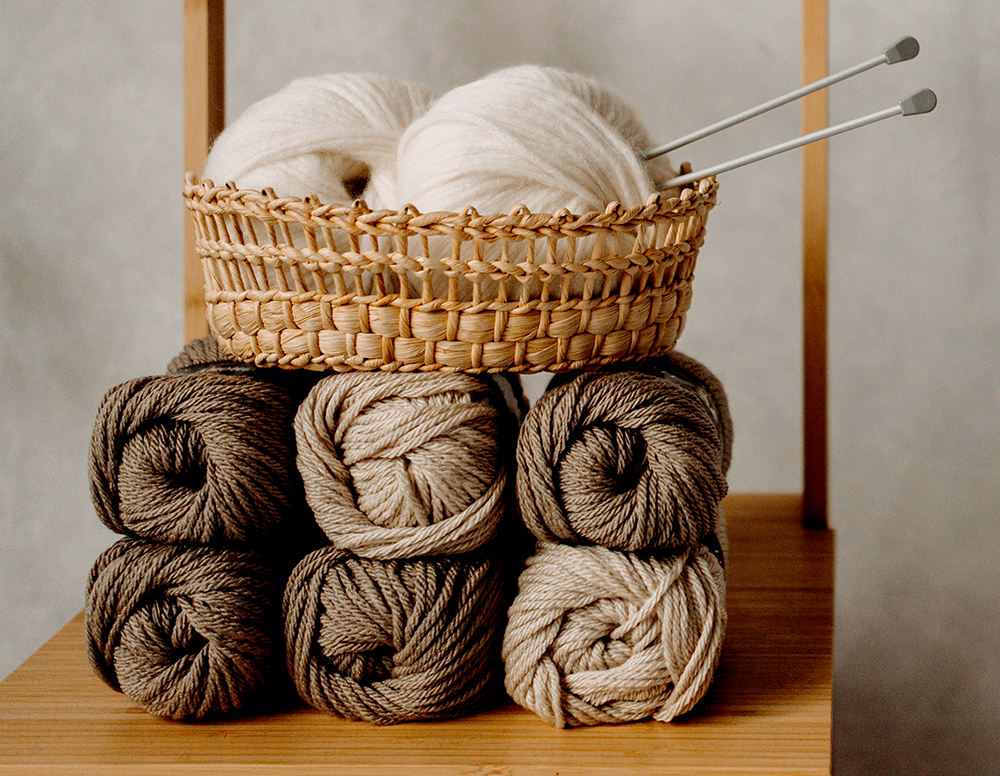


Tools and Supplies Needed for Machine Knitting
To get started with machine knitting, you will need some essential tools and supplies.
Some basics include:
- Knitting Machine: As discussed earlier, there are various types of knitting machines; choose one that best suits your needs and budget.
- Yarn: Yarns come in different weights, compositions, and colors. Choose yarns that are compatible with your machine's gauge and suitable for your project.
- Extra Machine Needles: It's always a good idea to keep spare needles on hand in case of breakage or loss.
- Transfer Tools: These tools are essential for moving stitches from one needle to another when shaping or creating patterns.
- Stitch Markers: These markers help you keep track of stitch patterns and increases/decreases, ensuring your designs turn out correctly.
- Tension Swatches: Tension swatches allow you to check the tension of your machine, ensuring consistent stitch size throughout your project.
The Role of Yarn in Machine Knitting
Yarn choice is crucial in machine knitting.
Different knitting machines are compatible with specific types of yarn.
Fine gauge machines work best with very thin yarn, while bulky machines are designed for thicker, worsted weight yarns.
Using the the wrong type of yarn can lead to issues such as dropped stitches or damage to the machine.
It's essential to read the manufacturer's recommendations on yarn weight and type when selecting yarn for your machine.
Additionally, understanding the composition and qualities of different types of yarn can help you achieve the desired results in your project.
Some common yarn compositions include:
- Acrylic: This synthetic fiber is a popular choice for its affordability and versatility. It is easy to care for and comes in a wide range of colors.
- Wool: Wool is a natural fiber that comes from animal hair, making it both warm and durable. It is available in different grades, with merino wool being one of the most popular choices for machine knitting.
- Cotton: Cotton yarns are light and breathable, making them suitable for knitting garments to wear in warmer weather. They are also hypoallergenic and easy to care for.
- Silk: Silk is a luxurious, natural fiber with a beautiful sheen. It is commonly used for creating delicate, high-end garments or home decor items.
Understanding the qualities of different yarns can help you choose the right one for your project and achieve the desired results.


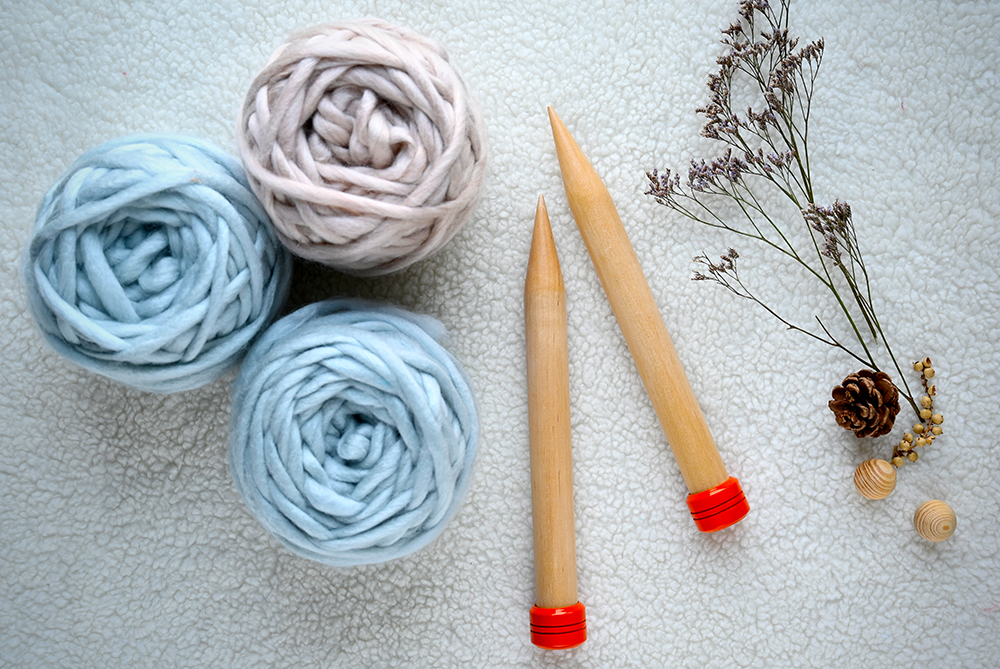
Tackling Stitch Patterns and Techniques
Once the basics are mastered, machine knitters can explore a variety of stitch patterns.
From the simple garter stitch to more complex cable and lace patterns, the possibilities are vast.
Learning to read and adapt hand knit patterns for machine use is another skill that can open up a world of design options.
Machine knitting also offers the ability to adjust stitch size and tension, which can be used as a design element in itself.
Some popular techniques used in machine knitting include:
- Lace Knitting: This technique involves creating holes or spaces in the fabric to create intricate designs. Machine lace knitting can produce stunning results with minimal effort.
- Fair Isle: Fair Isle knitting is a type of colorwork that creates beautiful, intricate designs with contrasting colors. It can be done by hand or machine, but the latter allows for faster completion of projects.
- Cable Knitting: Cables are created by crossing stitches to create a twisting design. They can be simple or complex, and machine knitting makes executing them much faster than hand knitting.
These techniques may seem daunting at first, but with practice, you'll soon be creating beautiful designs on your own.
The Versatility of Flat Bed Knitting Machines
Flat bed knitting machines are a cornerstone in the world of machine knit creations, offering a broad range of possibilities for both hobbyists and professionals.
These machines are adept at producing flat pieces that can be seamed together to create garments, blankets, and an array of other items.
The flat bed machine is particularly favored for its precision in crafting intricate patterns and its compatibility with various yarn types, including worsted weight yarn.
This versatility makes it a popular choice for those looking to expand their knitting repertoire beyond the basics.
The standard gauge machine, a type of flat bed knitting machine, is renowned for its ability to work with fine yarns and create delicate fabrics suitable for lightweight apparel.
Its precision in handling knit stitch patterns is unmatched, allowing for the creation of complex designs that would be time-consuming to replicate by hand.
For those interested in producing tight, fine, and professional-looking knitwear, investing in a standard gauge flat bed knitting machine can be a transformative step in their crafting journey.


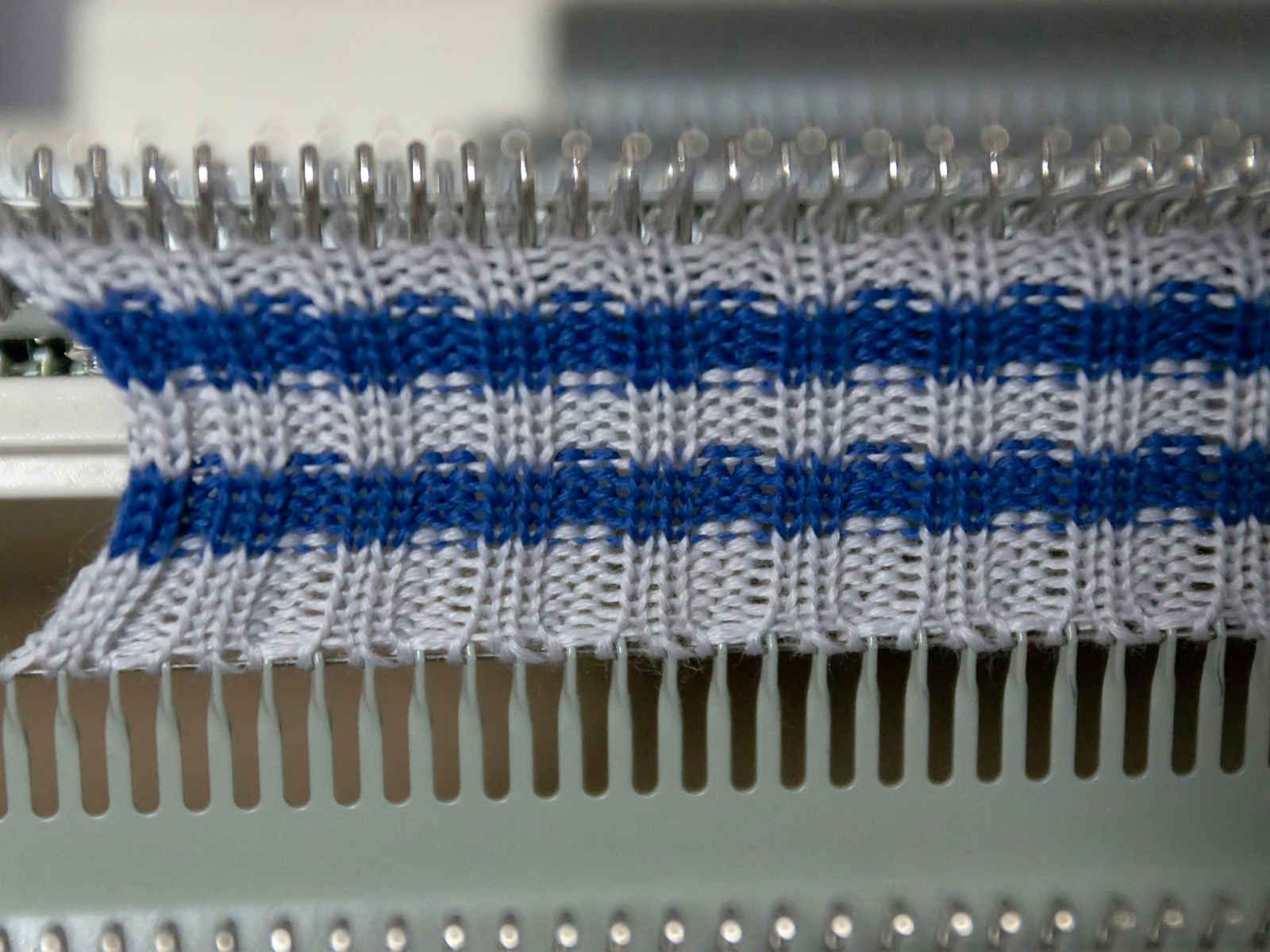
Innovations in Circular Knitting Machines
Circular knitting machines have revolutionized the way tubular knitwear is produced, enabling the creation of seamless garments such as socks, hats, and sweaters.
These circular machines operate by knitting in a continuous loop, which not only speeds up the production process but also enhances the finished product's comfort by eliminating bulky seams.
The efficiency of circular knitting machines makes them an attractive option for those looking to produce high volumes of knitwear or for small businesses aiming to scale up their operations.
Unlike flat bed machines, circular knitting machines are specifically designed to handle circular or tubular pieces, making them less versatile but highly specialized.
The use of a circular knitting machine can be particularly advantageous when working with worsted weight yarn, as it can handle the yarn's thickness while maintaining an even tension throughout the knitting process.
This results in a consistent and professional finish that is difficult to achieve with other types of knitting machines or manual knitting methods.
Common Challenges in Machine Knitting
Dropped stitches are a common frustration among machine knitters.
This mishap can occur due to tension issues, incorrect yarn feeding, or simply a lapse in attention.
Waste yarn is a handy tool for securing stitches and can aid in resolving such issues.
Additionally, understanding how to properly maintain and troubleshoot different knitting machines is essential to prevent and address problems.
Regular cleaning and oiling of the machine, as well as being familiar with common issues and their solutions, can help keep your machine in top working condition.
Another challenge faced by machine knitters is adapting hand knitting patterns for use on a knitting machine.
This often requires some experimentation and adjustments to achieve the desired results.
Understanding gauge, stitch size, and tension swatches can help in this process.


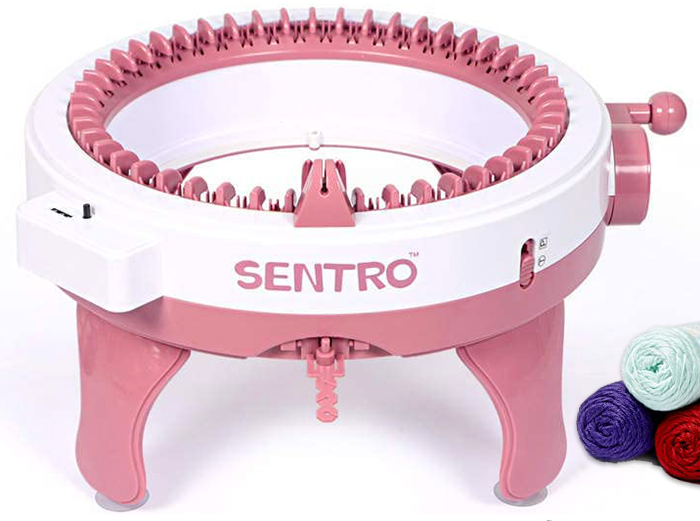
Community and Resources for Knitters
One of the best ways to ease the difficulty of machine knitting is to tap into the community of fellow machine knitters.
Online forums, social media groups, and local clubs can provide support, advice, and inspiration.
These communities are also a great place to learn about new techniques, machine models and even buy and sell used equipment.
Numerous instructional videos, tutorials, and workshops are also available to help knitters at all levels improve their skills.
There is also an abundance of resources available for machine knitters, such as books, magazines, websites, and videos with tutorials and patterns.
Investing in a comprehensive knitting reference guide can also be beneficial for beginners and seasoned knitters alike.
These resources can not only help beginners get started but also provide experienced knitters with new ideas and challenges.
Transitioning: Hand Knitting to Machine Knitting
Hand knitters looking to transition to machine knitting may find the switch challenging at first.
But with great speed comes great responsibility. Or, rather, greater complexity.
Knitting machines require a certain level of skill and knowledge to operate effectively.
The tactile experience and rhythm of hand knitting are quite different from operating a machine.
You need to know how to set up the machine, how to thread it, and how to adjust the tension so that your project doesn't come out too loose or too tight.
You also need to be comfortable with troubleshooting and fixing the machine if something goes wrong.
However, the fundamental understanding of knit and purl stitches, tension, and fabric construction can provide a solid foundation for learning machine knitting.
So, are knitting machines difficult to use?
It depends on your skill level and comfort level with machinery.
If you're a seasoned knitter who's used to working with complex patterns and techniques, you might find knitting machines to be a breeze.
But if you're a beginner, you might want to start with a simpler machine or stick to hand-knitting until you get the hang of it.
Regardless, with practice and dedication, anyone can become a skilled machine knitter.
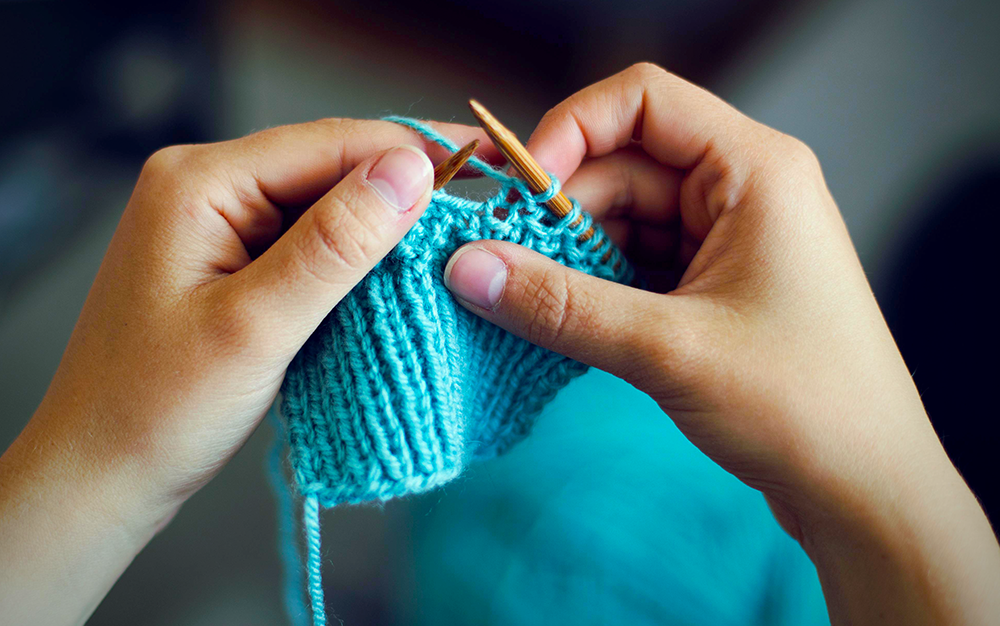
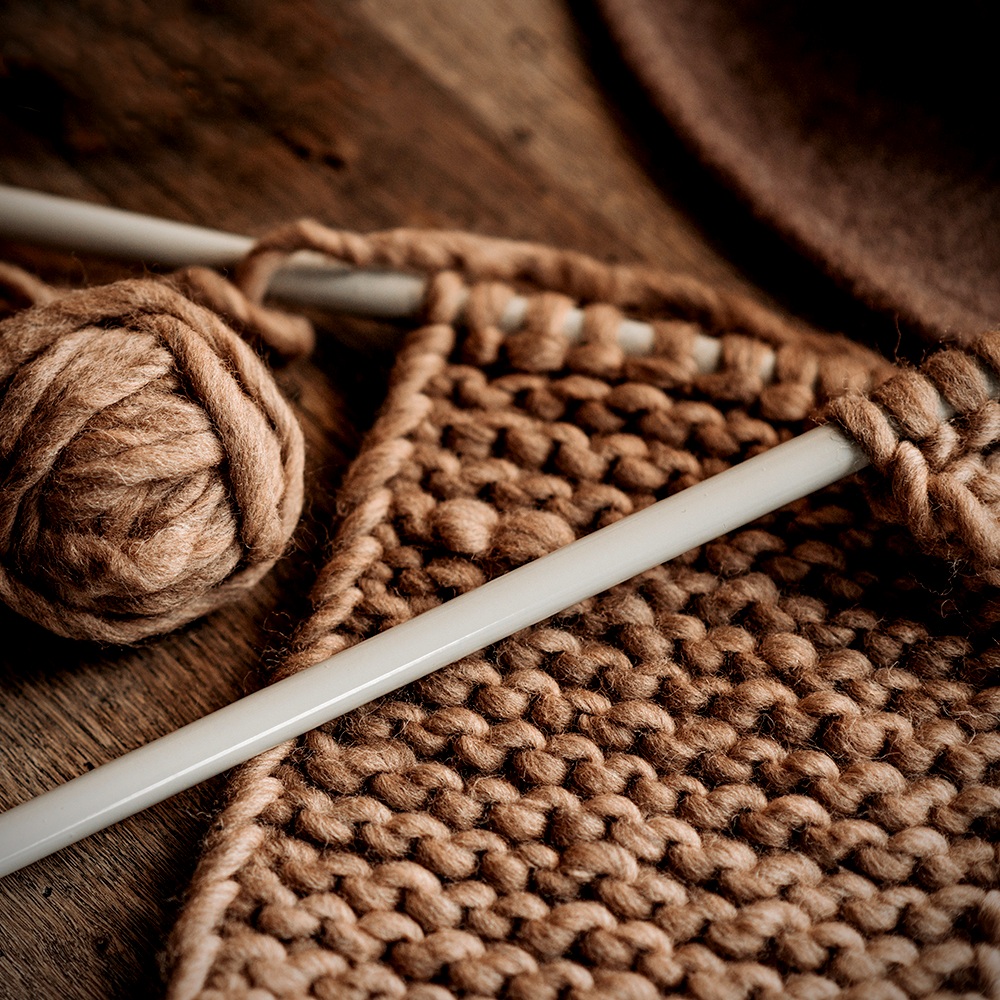
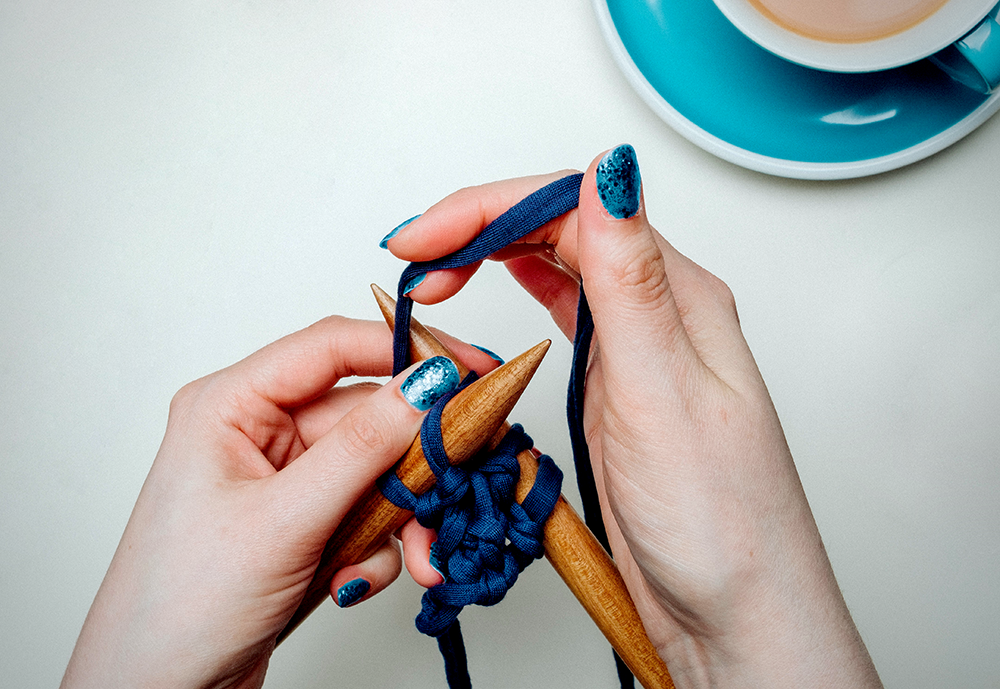
The Investment in Machine Knitting
If you do decide to venture into the world of knitting machines, there are a few things to keep in mind.
First of all, be prepared to spend some money; machine knitting does require an initial investment in equipment.
Knitting machines can be pricey, especially if you're investing in a high-quality model.
The cost can vary widely depending on the type of machine, from simple manual machines to advanced computerized models.
But keep in mind that the upfront cost can pay off in the long run, particularly if you're planning on using the machine for multiple projects.
Additionally, accessories such as knitting needle sets and various attachments can add to the expense.
However, the efficiency and speed of machine knitting can make it a worthwhile investment for those serious about the craft.
Second, be prepared to experiment.
Knitting machines offer a lot of versatility and customization options, but you might have to do some trial and error to get the results you want.
Additionally, be prepared to embrace the learning curve.
Knitting machines require practice and patience, so don't get discouraged if your first few projects don't turn out perfectly.
With time and experience, you can become a confident machine knitter and create beautiful, professional-quality pieces.
The Satisfaction of Mastering Machine Knitting
Despite the challenges, mastering machine knitting can be incredibly rewarding.
For one thing, they can produce high-quality, consistent results in a fraction of the time it would take to hand-knit the same item.
They also offer a lot of versatility, allowing you to experiment with different textures, patterns, and designs.
The ability to quickly produce knitwear, experiment with complex stitch patterns, and even create hand knit patterns with a machine offers a sense of accomplishment.
The efficiency of machine knitting also allows knitters to take on larger projects or even start a small business selling their creations.
And if you're someone who struggles with hand strain or dexterity issues, you might find that knitting machines are a more comfortable and accessible way to unleash your creativity.
So why not give it a try and see where this exciting new craft takes you?
With the right equipment, resources, and determination, you can become a skilled machine knitter in no time.
There are always new techniques to learn, patterns to explore, and projects to create on your knitting journey!
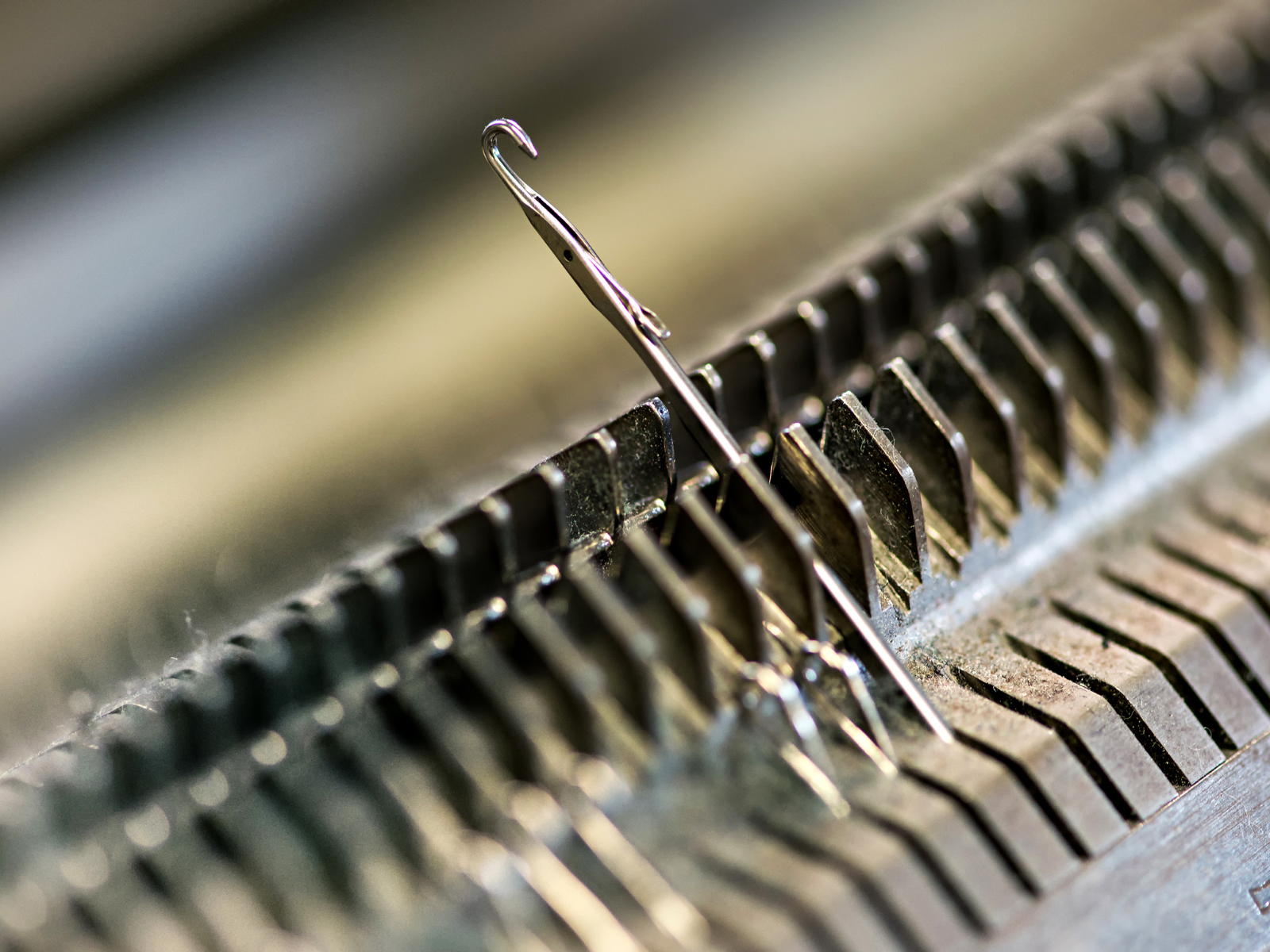
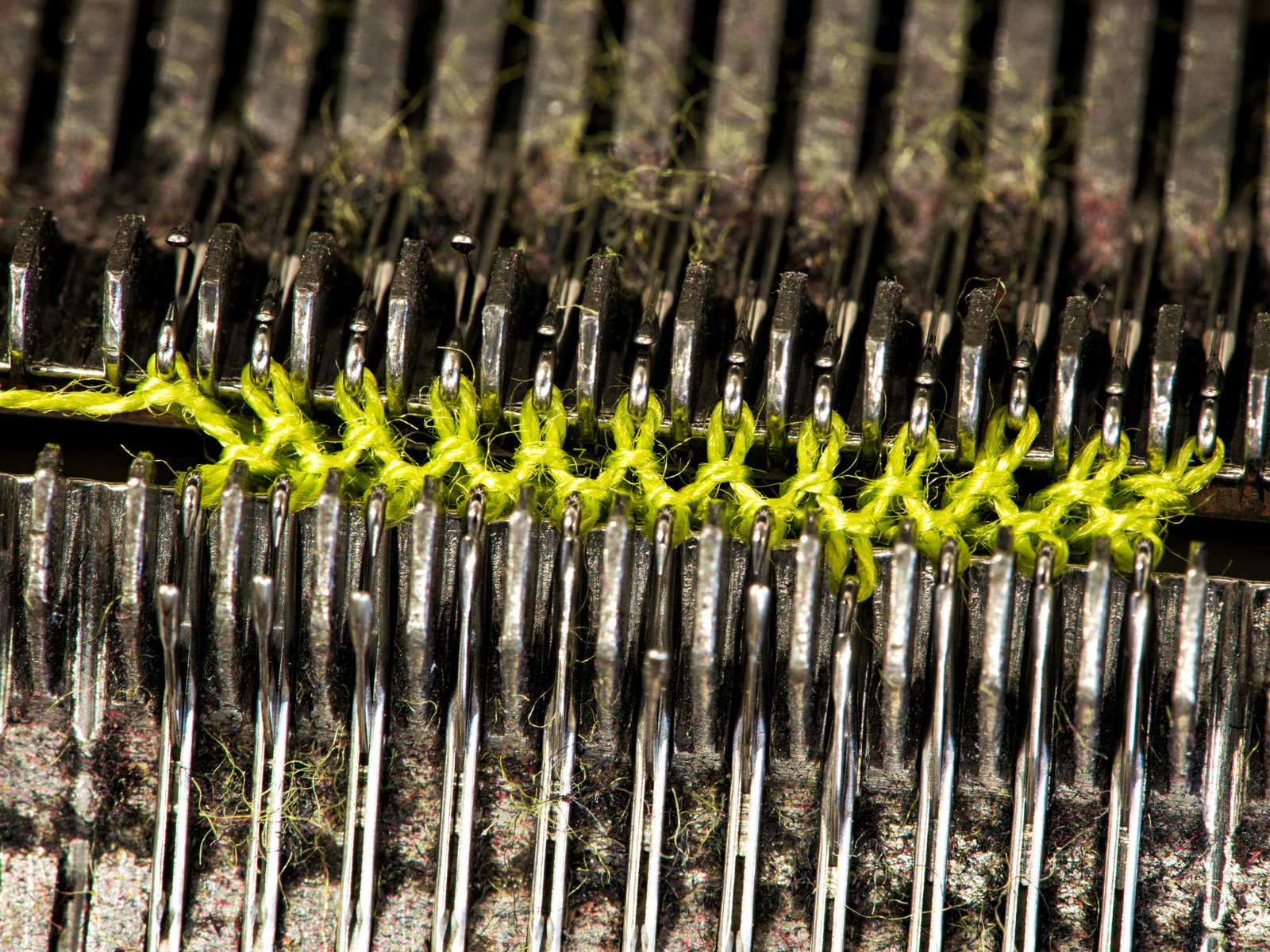
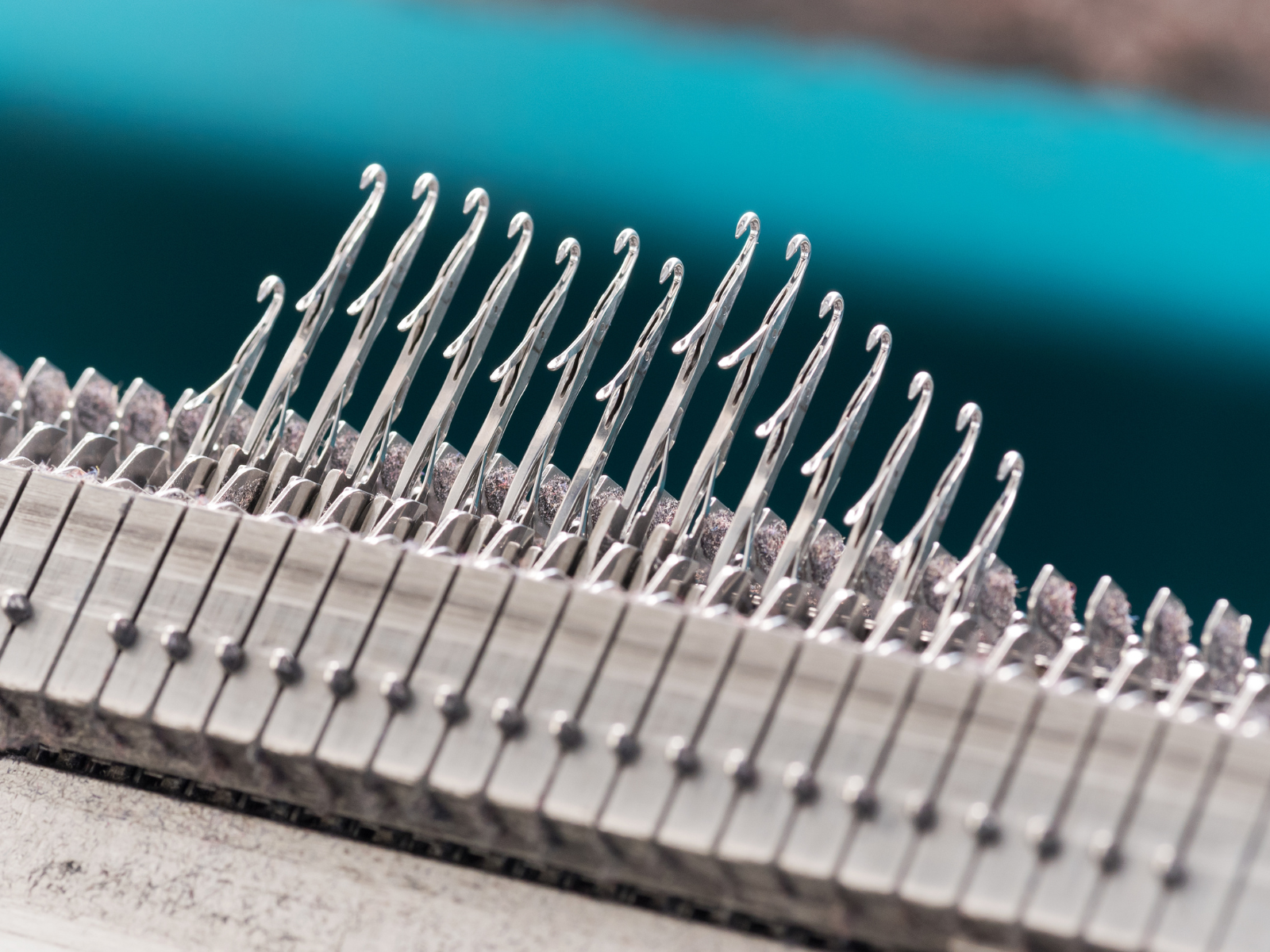
Tips for Mastering Machine Knitting Techniques
Mastering machine knitting techniques may seem daunting, but with the right tips and resources, you can make it a breeze!
Here are some key things to keep in mind as you embark on your machine knitting journey:
- Start with simple projects like scarves or dishcloths before tackling more complex items. This will help you get comfortable with the basics of operating your machine.
- Take time to properly set up and thread your machine before starting a project. Correct setup can save you a lot of frustration and ensure better results.
- Practice knitting tension swatches with different yarns to understand how they behave on your machine. This will help you achieve consistent results in your projects.
- Keep your machine clean and well-maintained to prevent dropped stitches or other issues. Regularly oiling and cleaning your machine can also prolong its lifespan.
- Don't be afraid to experiment with different techniques, yarns, and patterns. This is part of the fun of machine knitting!
By following these knitting tips and practicing regularly, you'll soon become a confident machine knitter and be able to create beautiful, professional-quality pieces!
Knitting Machines: Versatile and Efficient
Machine knitting may seem daunting at first, but with some dedication and practice, it can become an enjoyable and rewarding craft.
They offer a wide range of possibilities for both hobbyists and professionals, and they present a unique set of challenges and rewards.
Knitting machines may require some investment in terms of equipment and practice, but with dedication and patience, anyone can become a skilled machine
From intricate lace patterns to seamless tubular pieces, these machines can help you create knitwear with speed and precision.
Understanding the history of knitting, the basics of machine knitting, different types of machines and techniques are all crucial for success in this field.
From simple scarves to complex sweaters, there is no limit to what you can achieve with a knitting machine.
Knitting machines offer a lot of benefits, including speed, consistency, and versatility, but they also require a certain level of skill and knowledge to use effectively.
If you're a seasoned knitter who's comfortable with complex techniques and machinery, you might find knitting machines to be a fun and rewarding tool.
But if you're a beginner, you might want to start with simpler tools and work your way up.
Regardless of your skill level, though, one thing is certain: the world of knitting is full of creative possibilities, and a little bit of experimentation and curiosity can go a long way.
Whether you're crafting a cozy winter hat or a chic sweater dress, don't be afraid to try something new and embrace the joy of knitting!
The key to overcoming the difficulty is understanding the machine, choosing the right materials, and utilizing the wealth of resources available.
So, whether you're a seasoned hand knitter or a curious beginner, machine knitting can be a fulfilling addition to your creative repertoire.
With its efficiency, versatility, and endless possibilities, machine knitting has truly transformed the world of knitwear.
Why not join in on the fun and see where this innovative technology takes you?
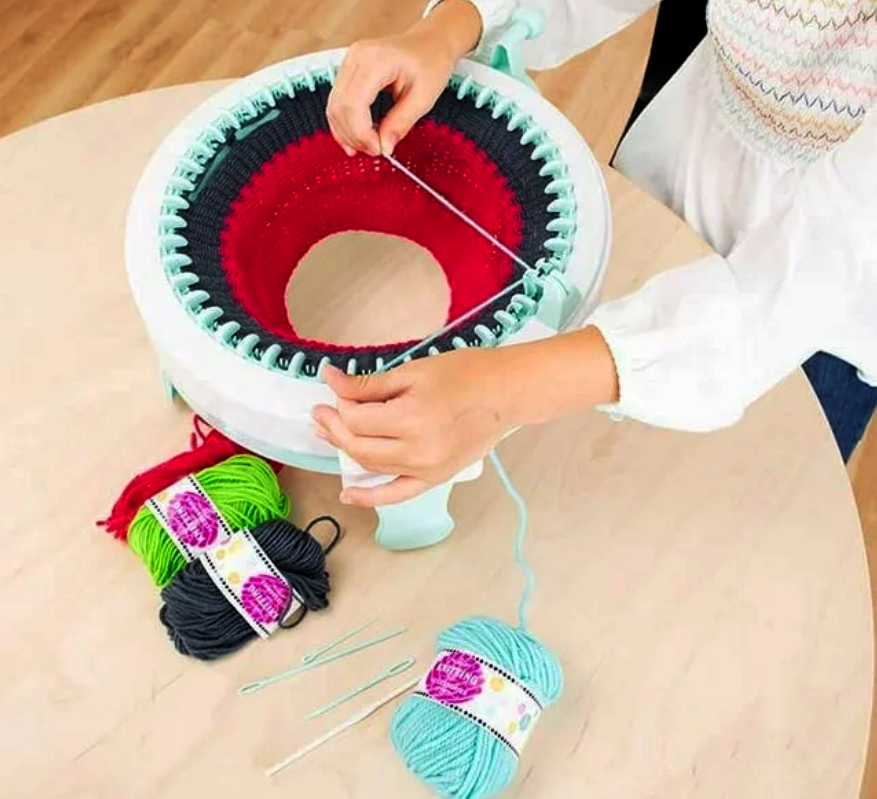

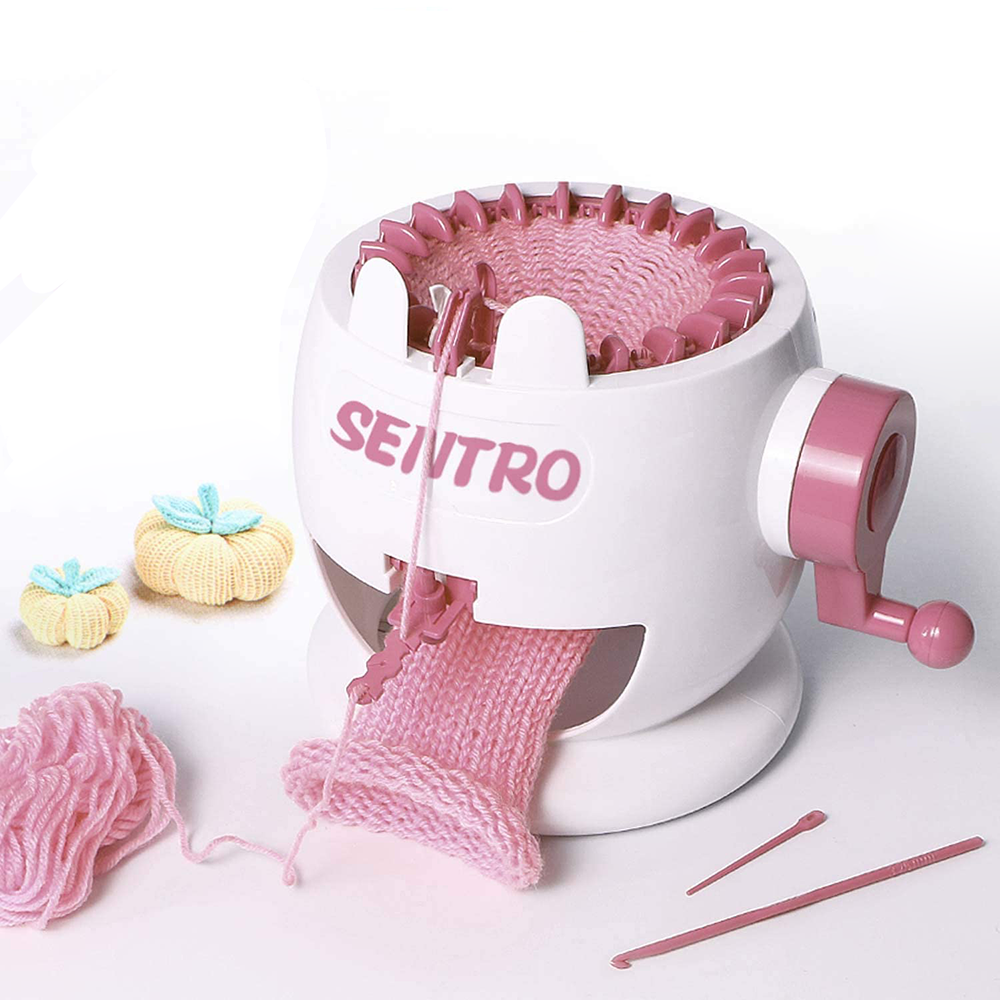
Thinking about purchasing a knitting machine and want to learn more about them? Check out Bag-O-Day Crochet's video!
Want even more content about creativity and art?
Be sure to check out all of our creative chronicles!
Interested in knitting?
Check out some of our other articles:
-Interchangeable knitting needles
-Yarn for Sentro knitting machines
-Difference between knitting and crochet
-Can you crochet with a knitting machine?

